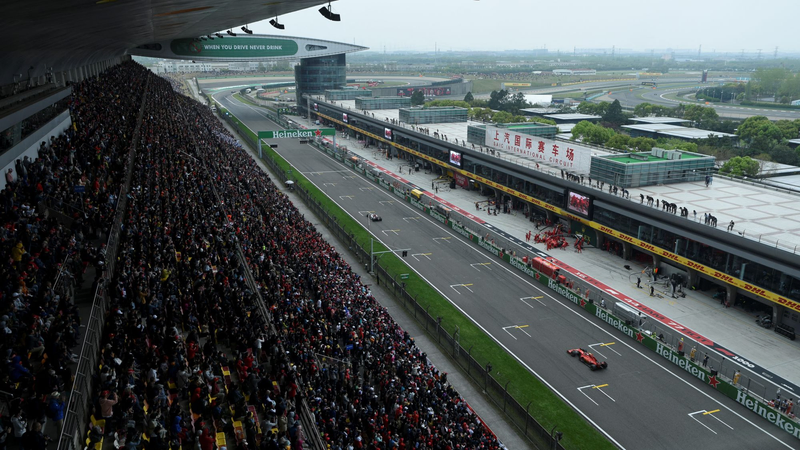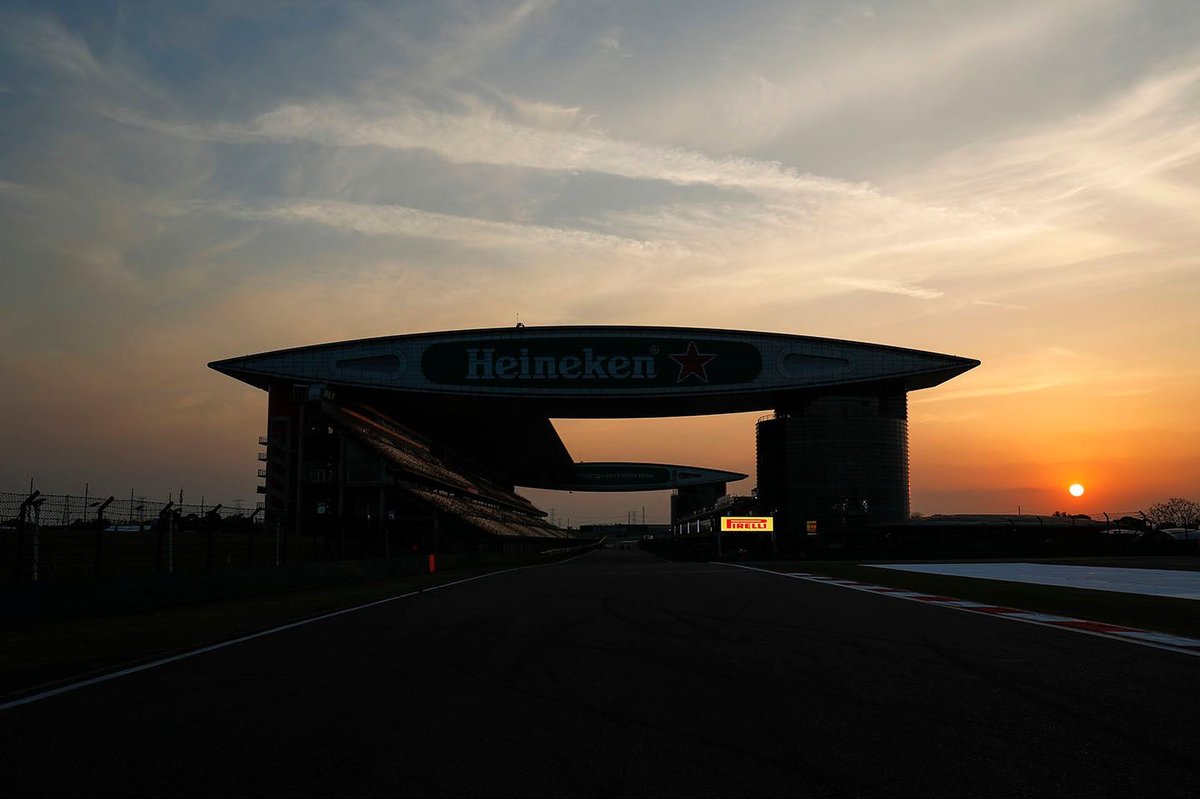Five years is a significant span in Formula 1, especially with the disruptions caused by the global pandemic, which halted F1’s visits to Shanghai. The last time F1 raced in China, Max Verstappen had only secured five wins, and Red Bull Racing was still competing under the name Toro Rosso, now known as AlphaTauri.
During this hiatus, F1 underwent substantial regulation changes, and Pirelli introduced new tires mounted on larger rims. As teams return to Shanghai, Pirelli warns that they are essentially starting from scratch due to the lack of recent track action, potentially significant aging of the circuit surface, and adjustments made to accommodate ground-effect machinery.
The decision to host the first sprint format of the year in China has raised eyebrows among drivers like Max Verstappen and Carlos Sainz, questioning its suitability. The sprint format provides teams with only 60 minutes of free practice, intensifying the reliance on simulation work for setup validation.

Despite the challenges posed by the sprint format, Mercedes’ Andrew Shovlin sees it as an exciting challenge, offering opportunities to shake up the grid. Teams like McLaren, expecting difficulties in China, view the sprint race as a chance to gain an advantage if they execute their Friday running better than rivals.
With parc ferme reopening after the sprint race, teams have a second chance to tweak their setups before grand prix qualifying. The ultimate question remains whether these challenges will disrupt Red Bull’s dominance or if they will continue to excel.
Shanghai’s track characteristics, including expected tire graining on the long straights and demanding corner combinations, could favor Ferrari, historically strong on circuits with similar challenges. Ferrari’s chief, Fred Vasseur, emphasizes the importance of understanding track conditions and making informed tire compound choices due to the limited practice time.
While Ferrari enters the weekend with confidence, Vasseur stresses the need for humility in such a competitive environment, acknowledging the tight margins at the front of the grid. As they prepare for the race weekend, teams must remain adaptable and focused, recognizing that success in one race does not guarantee the same outcome in the next.

